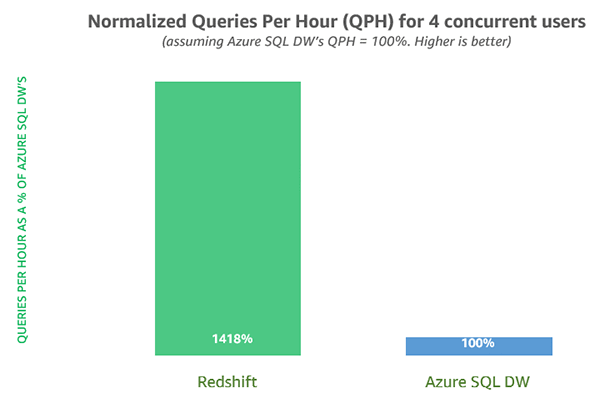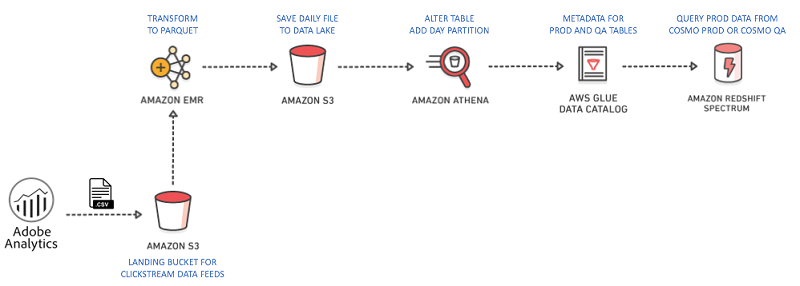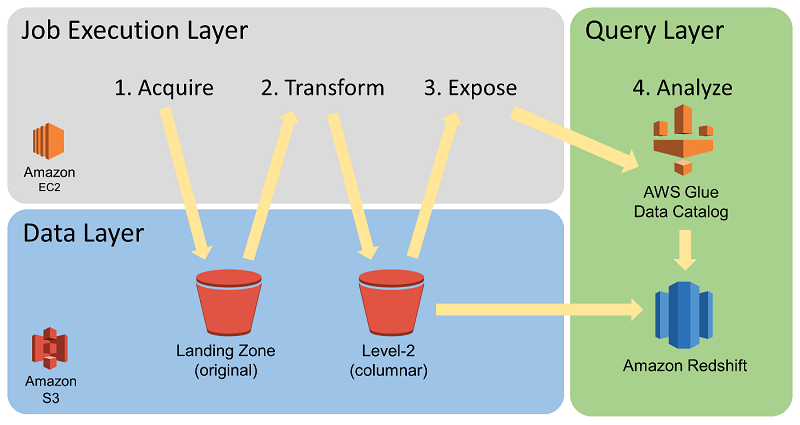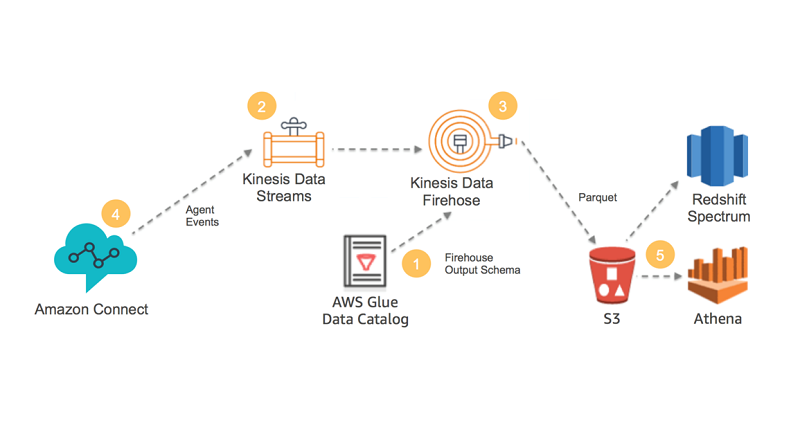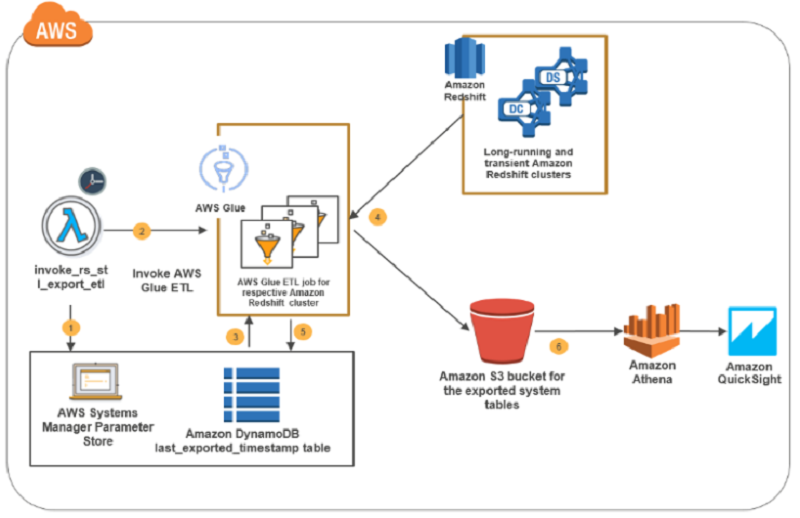AWS Big Data Blog
Category: Amazon Redshift
Performance matters: Amazon Redshift is now up to 3.5x faster for real-world workloads
Since we launched Amazon Redshift, thousands of customers have trusted us to get uncompromising speed for their most complex analytical workloads. Over the course of 2017, our customers benefited from a 3x to 5x performance gain, resulting from short query acceleration, result caching, late materialization, and many other under-the-hood improvements. In this post, we highlight […]
Close the customer journey loop with Amazon Redshift at Equinox Fitness Clubs
Clickstream analysis tools handle their data well, and some even have impressive BI interfaces. However, analyzing clickstream data in isolation comes with many limitations. For example, a customer is interested in a product or service on your website. They go to your physical store to purchase it. The clickstream analyst asks, “What happened after they […]
How Annalect built an event log data analytics solution using Amazon Redshift
By establishing a data warehouse strategy using Amazon S3 for storage and Redshift Spectrum for analytics, we increased the size of the datasets we support by over an order of magnitude. In addition, we improved our ability to ingest large volumes of data quickly, and maintained fast performance without increasing our costs. Our analysts and modelers can now perform deeper analytics to improve ad buying strategies and results.
Narrativ is helping producers monetize their digital content with Amazon Redshift
Narrativ, in their own words: Narrativ is building monetization technology for the next generation of digital content producers. Our product portfolio includes a real-time bidding platform and visual storytelling tools that together generate millions of dollars of advertiser value and billions of data points each month. At Narrativ, we have seen massive growth in our […]
Get sub-second query response times with Amazon Redshift result caching
In this post, we take a look at query result caching in Amazon Redshift. Result caching does exactly what its name implies—it caches the results of a query.
Analyze Apache Parquet optimized data using Amazon Kinesis Data Firehose, Amazon Athena, and Amazon Redshift
Kinesis Data Firehose can now save data to Amazon S3 in Apache Parquet or Apache ORC format. These are optimized columnar formats that are highly recommended for best performance and cost-savings when querying data in S3. This feature directly benefits you if you use Amazon Athena, Amazon Redshift, AWS Glue, Amazon EMR, or any other big data tools that are available from the AWS Partner Network and through the open-source community.
How to retain system tables’ data spanning multiple Amazon Redshift clusters and run cross-cluster diagnostic queries
In this blog post, I present a solution that exports system tables from multiple Amazon Redshift clusters into an Amazon S3 bucket. This solution is serverless, and you can schedule it as frequently as every five minutes. The AWS CloudFormation deployment template that I provide automates the solution setup in your environment. The system tables’ data in the Amazon S3 bucket is partitioned by cluster name and query execution date to enable efficient joins in cross-cluster diagnostic queries.
Getting started: Training resources for Big Data on AWS
Whether you’ve just signed up for your first AWS account or you’ve been with us for some time, there’s always something new to learn as our services evolve to meet the ever-changing needs of our customers. To help ensure you’re set up for success as you build with AWS, we put together this quick reference guide for Big Data training and resources available here on the AWS site.
Create data science environments on AWS for health analysis using OHDSI
This blog post demonstrates how to combine some of the OHDSI projects (Atlas, Achilles, WebAPI, and the OMOP Common Data Model) with AWS technologies. By doing so, you can quickly and inexpensively implement a health data science and informatics environment.
Amazon Redshift – 2017 Recap
We have been busy adding new features and capabilities to Amazon Redshift, and we wanted to give you a glimpse of what we’ve been doing over the past year. In this article, we recap a few of our enhancements and provide a set of resources that you can use to learn more and get the most out of your Amazon Redshift implementation.
